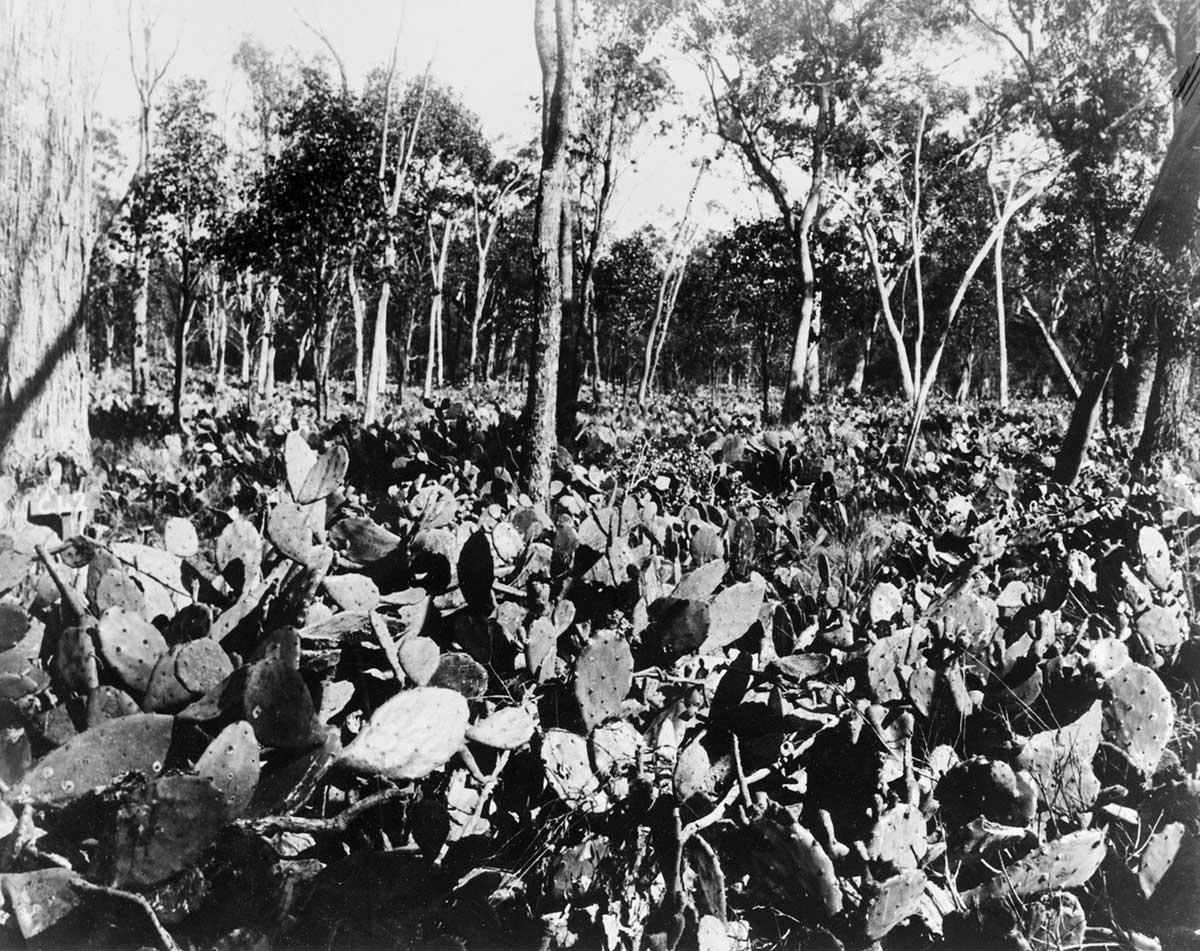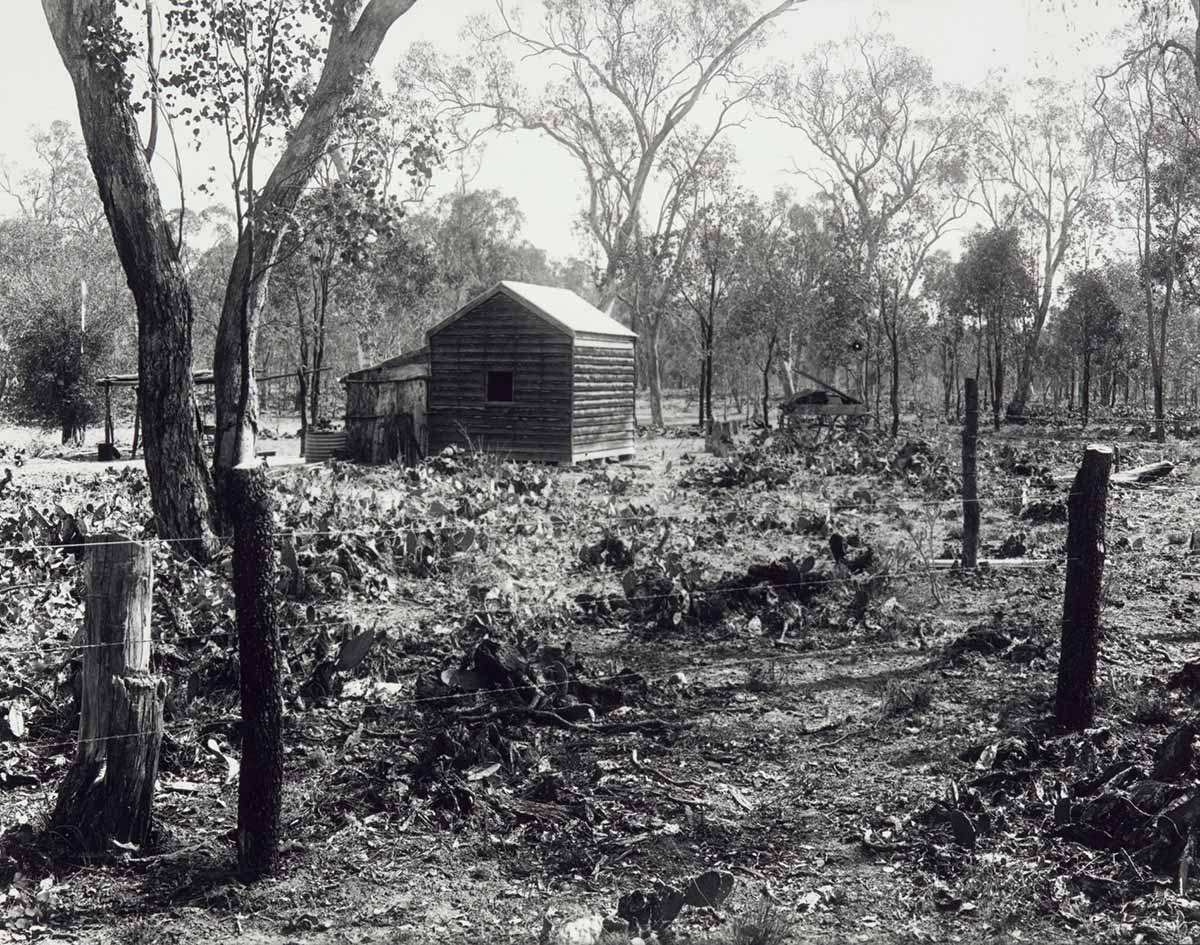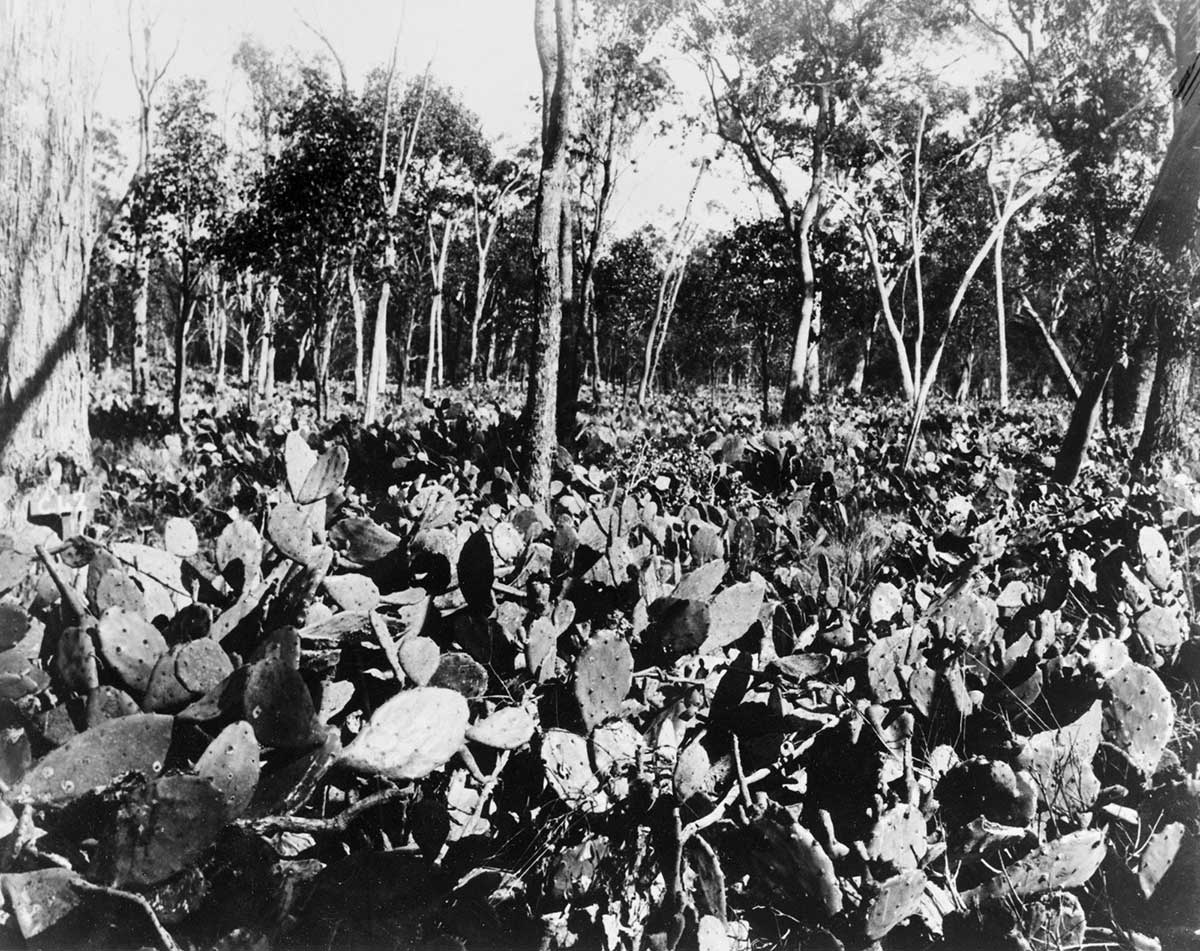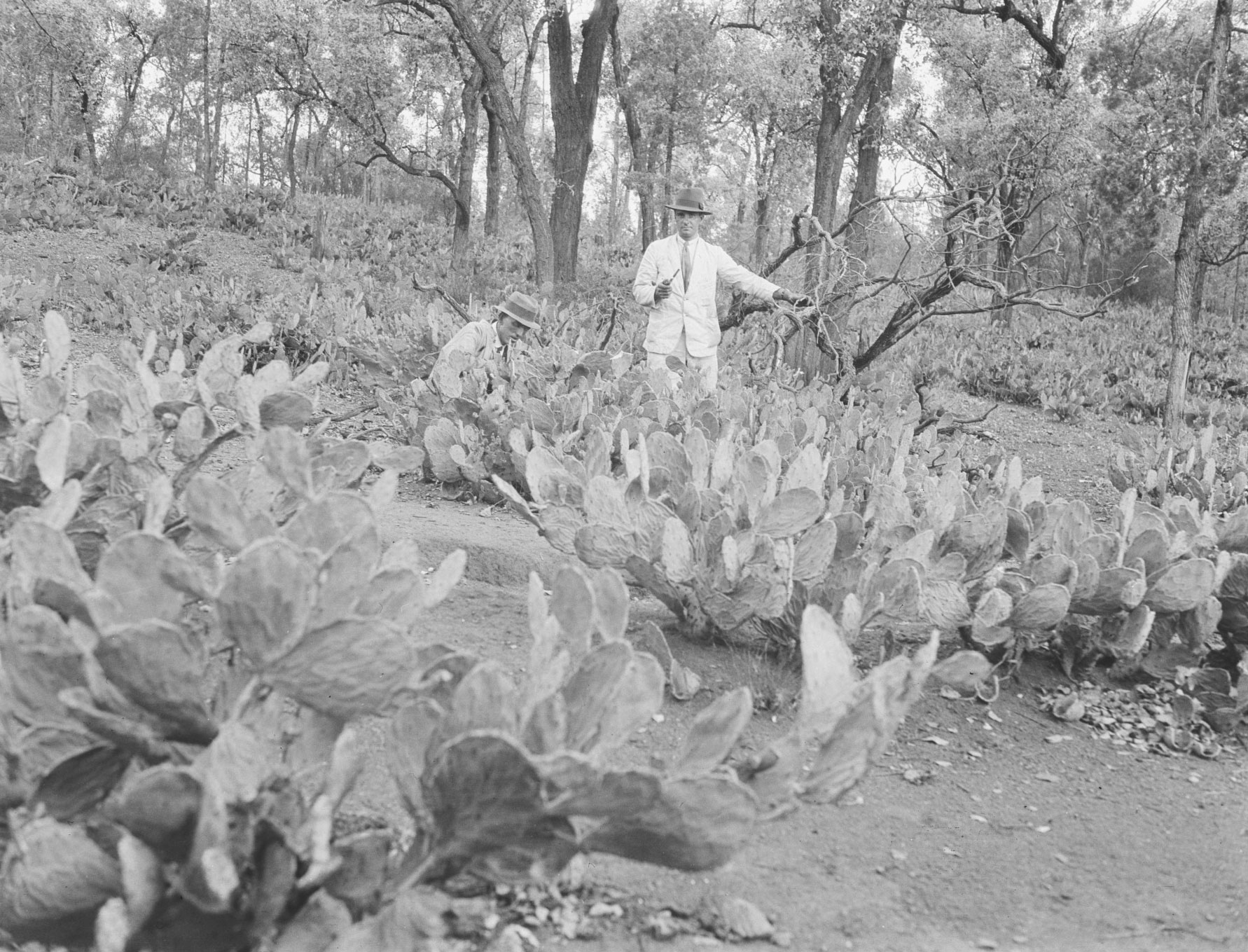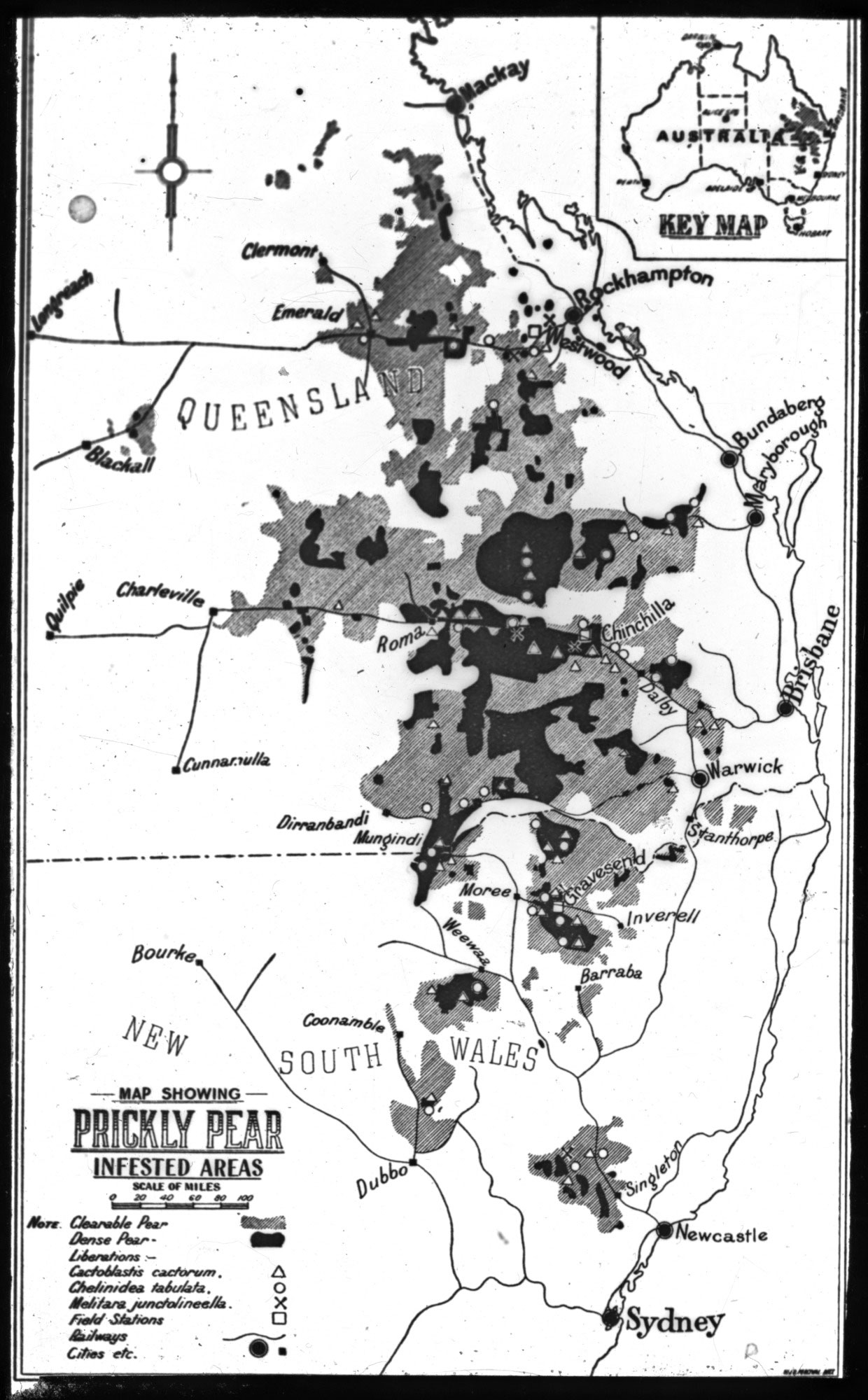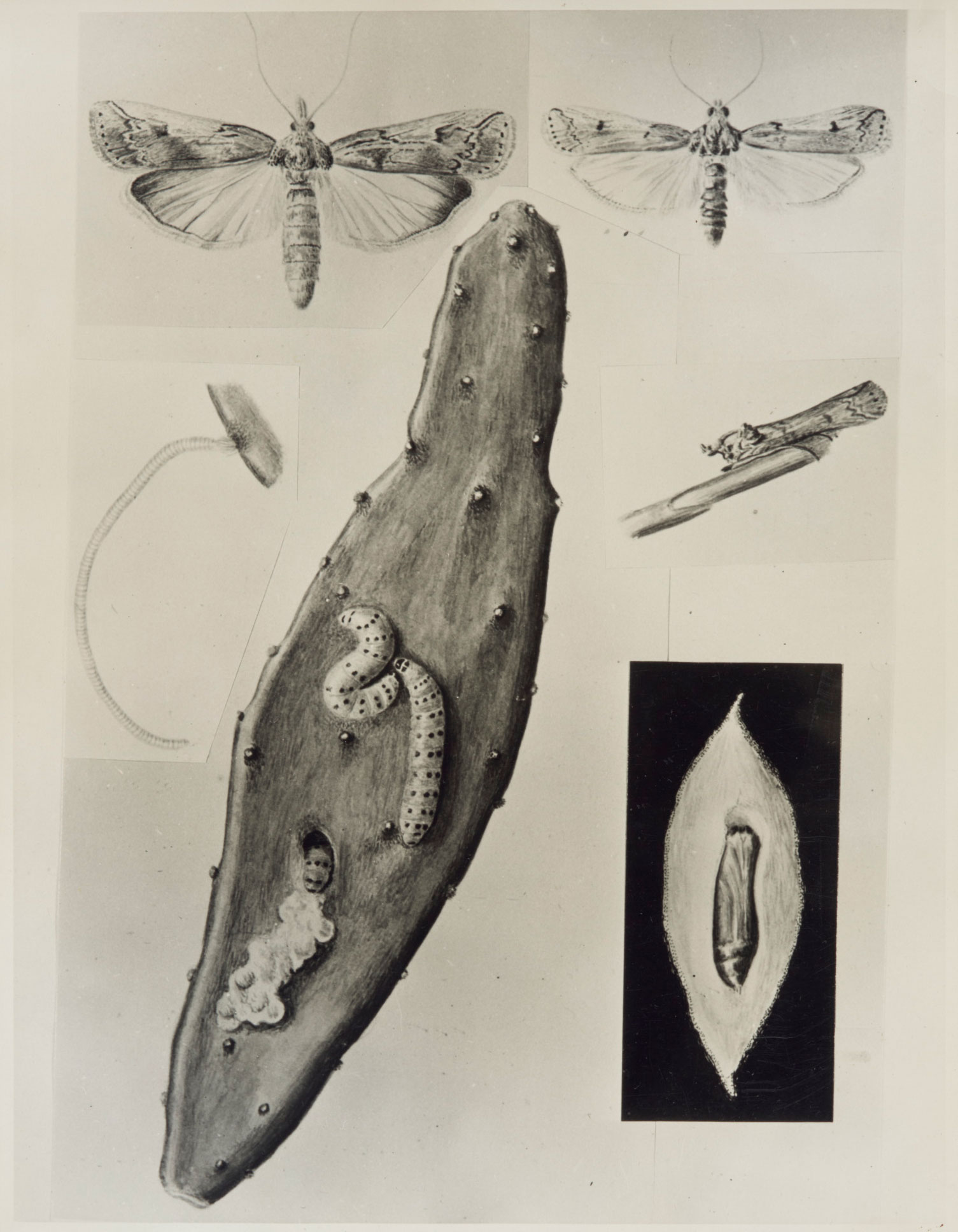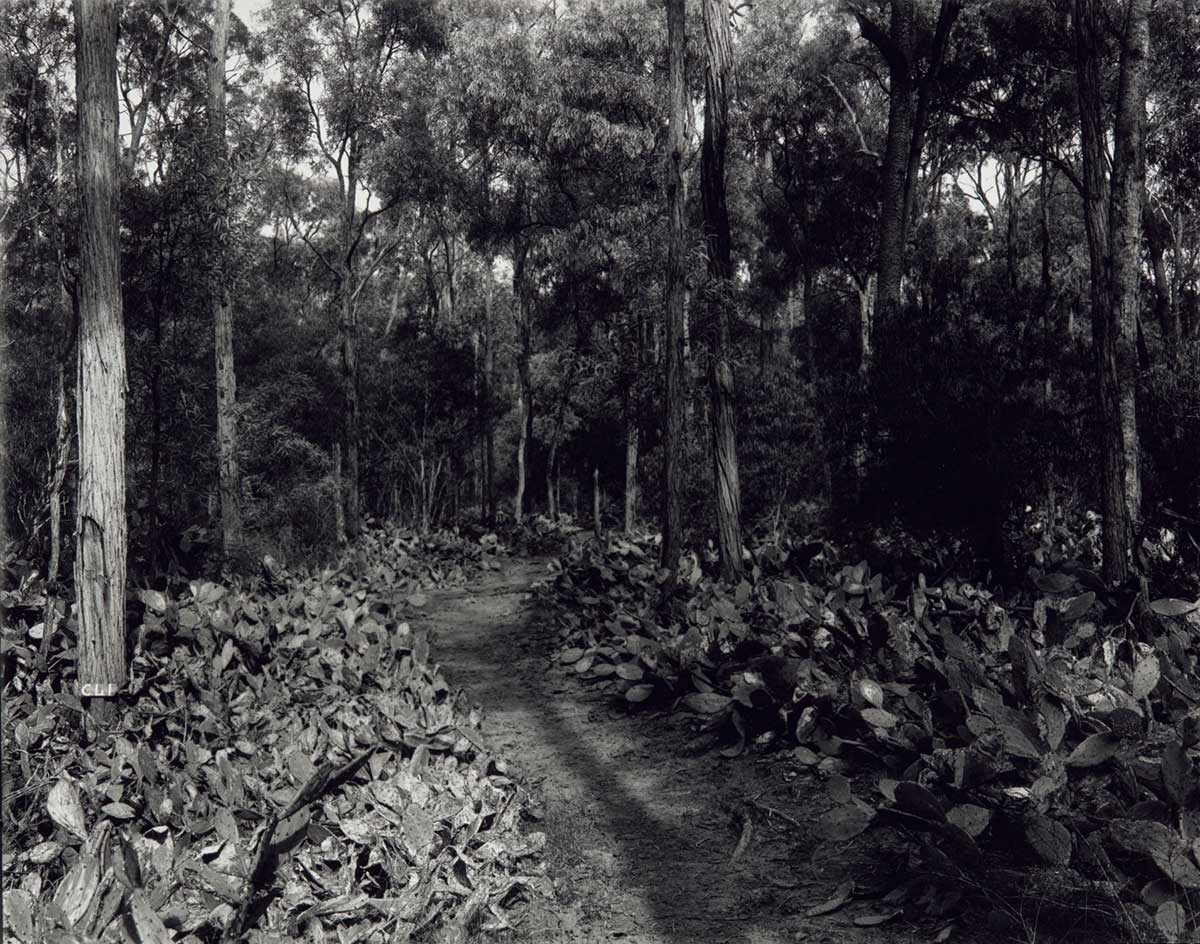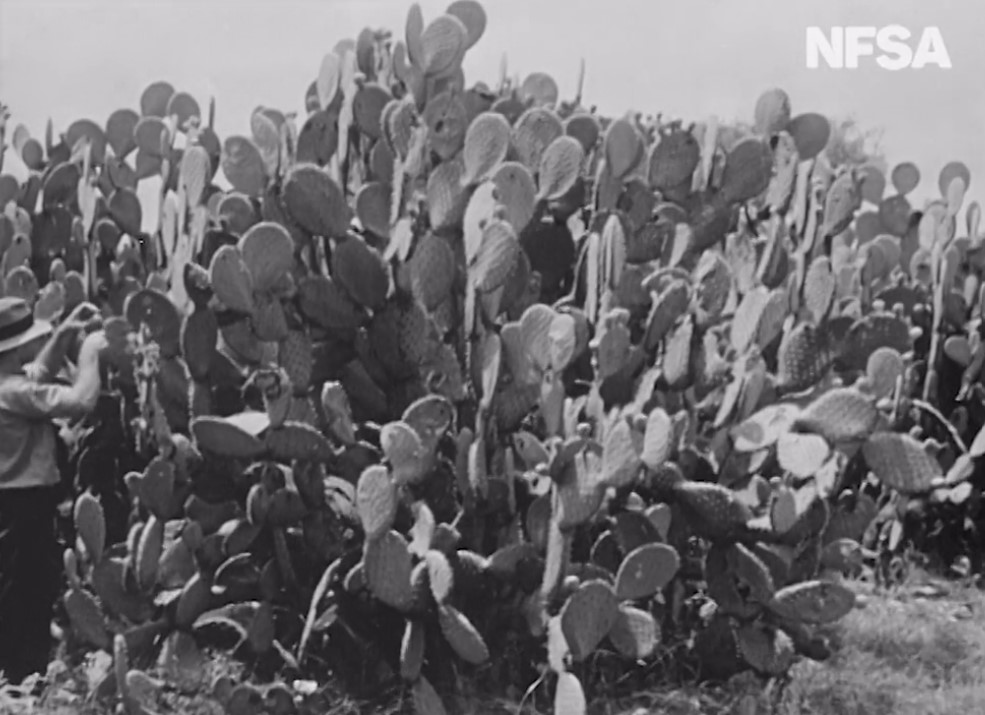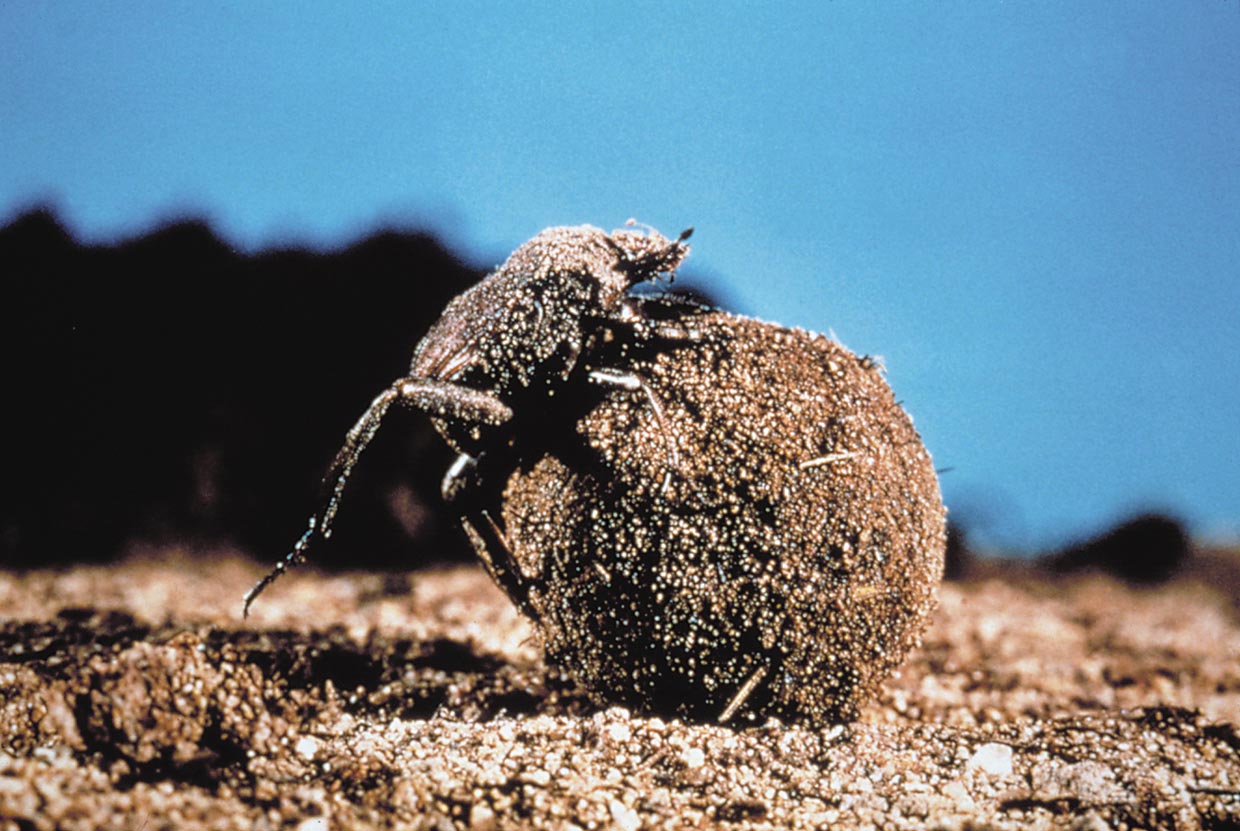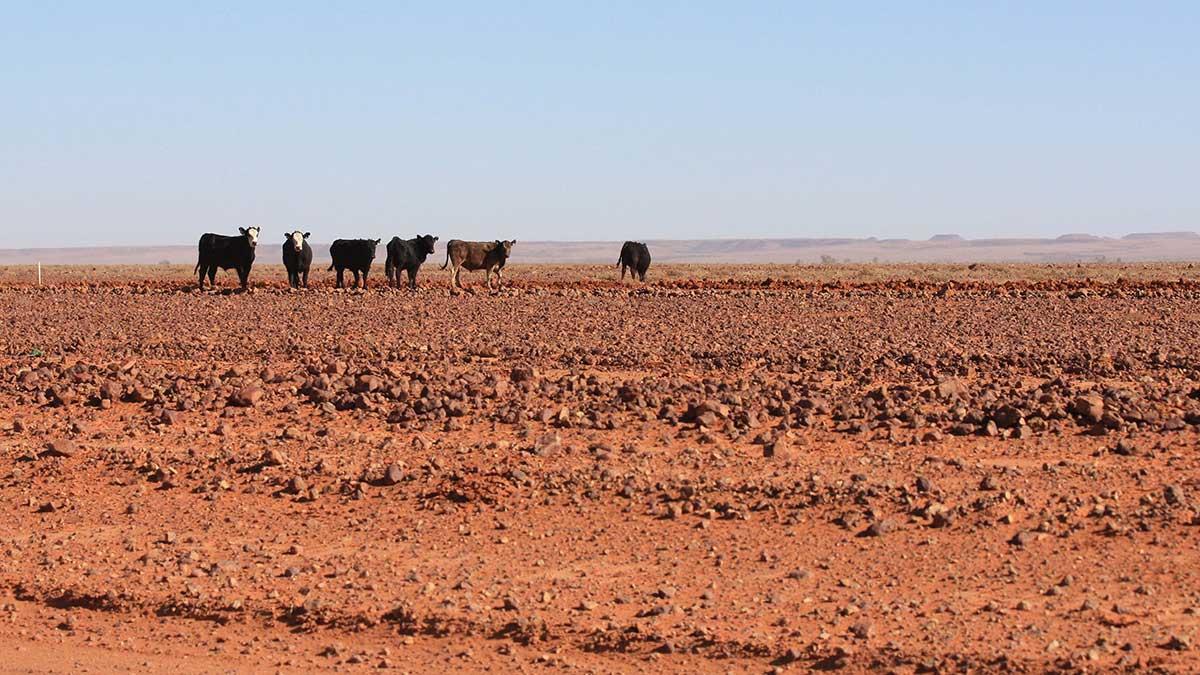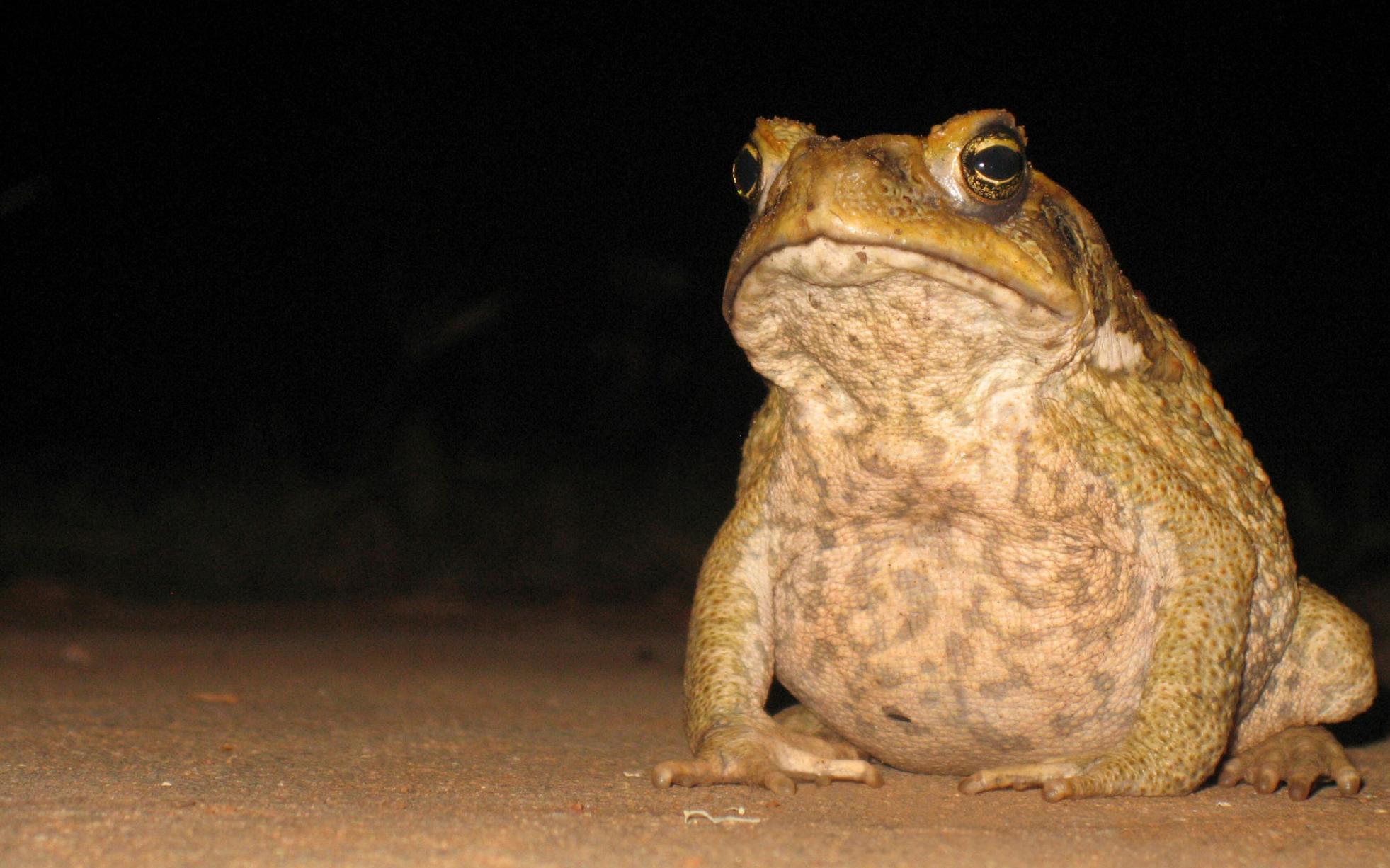‘Pear’ necessities
1926: Moth introduced to eradicate prickly pear
‘Pear’ necessities
1926: Moth introduced to eradicate prickly pear
In a snapshot
Prickly pear is an edible fruit but can spread quickly and ruin farmland. It was introduced to Australia with the First Fleet in 1788 and later became common in New South Wales and Queensland. Cactoblastis cactorum moths were released into Australia in 1926 to fight it. It is thought to be one of the world’s best examples of biological weed control. Even though it was successful, prickly pear is still a problem in parts of Australia.

 Can you find out?
Can you find out?
1. What was prickly pear used for in the 1700s and 1800s?
2. What did the New South Wales and Queensland governments do to get rid of prickly pear?
3. How successful was the introduction of the Cactoblastis cactorum moth? Give reasons for your answer.
Why was prickly pear a problem?
Prickly pear was first brought to Australia by the colonists of the First Fleet in 1788. The insects that live in prickly pear were crushed and used as dyes in the 1700s and 1800s and were popular throughout the Spanish and British empires.
The insects used for dyes soon died off in Australia, but the prickly pear survived and quickly spread across Queensland and New South Wales. Settlers used these prickly pear species for hedges, in their gardens and as food during droughts. But, by the 1880s, prickly pear was infesting farmland so badly that farmers began abandoning their land.
In 1884 the New South Wales Government passed the Prickly-pear Destruction Act, making people responsible for destroying the prickly pear on their properties. In 1907 the Queensland Government offered a £10,000 reward (over two million Australian dollars today) for anyone who could find out how to destroy prickly pear.
People tried to burn the plants, dig them out of the ground or crush them, but none of these methods worked very well. Others tried arsenic pentoxide (a dangerous poison), but this didn’t work either.
‘This was the turning-point in the fight against prickly-pear in Australia … The results exceeded the scientists’ hopes. The caterpillars ate the insides out of the pear, leaving mere shells.’
Raymond Sandison, the Scone Advocate, 3 September 1954
What did the government do to manage prickly pear?
In 1920 the Commonwealth Prickly-Pear Board (CPPB) was created. The CPPB sent botanists to America to find the best way to destroy prickly pear. They recommended the Cactoblastis cactorum moths from Argentina. The female moths lay eggs on prickly pears, and their larvae eat and destroy the plant in a few weeks.
Three thousand moth eggs were brought from Argentina, and half went to the Chinchilla Prickly Pear Experimental Station in Queensland. At Chinchilla the moths were carefully bred and fed to make sure they didn’t eat other plants.
They multiplied quickly, and the original 527 female moths produced 100,506 eggs. The second generation of moths produced 2.5 million eggs. When the moths were released they were so effective that around 80 per cent of the infested land in Queensland, and 50–60 per cent in New South Wales, was cleared of prickly pear.
Research task
Which native animals and plants have been most affected by the introduction of prickly pear?
Research task
Prickly pear can still be found across Australia. Research the methods used to get rid of prickly pear today to find out how successful they are.

Is prickly pear still a problem?
New types of prickly pear are still a problem in New South Wales and Queensland, where the Cactoblastis cactorum moths are no longer effective. Although the moths worked very well in Australia, some people fear that they will do enormous damage in the United States and Mexico where they were introduced in the 1950s and have started to feed on North American crops.
Read a longer version of this Defining Moment on the National Museum of Australia’s website.
 What did you learn?
What did you learn?
1. What was prickly pear used for in the 1700s and 1800s?
2. What did the New South Wales and Queensland governments do to get rid of prickly pear?
3. How successful was the introduction of the Cactoblastis cactorum moth? Give reasons for your answer.






